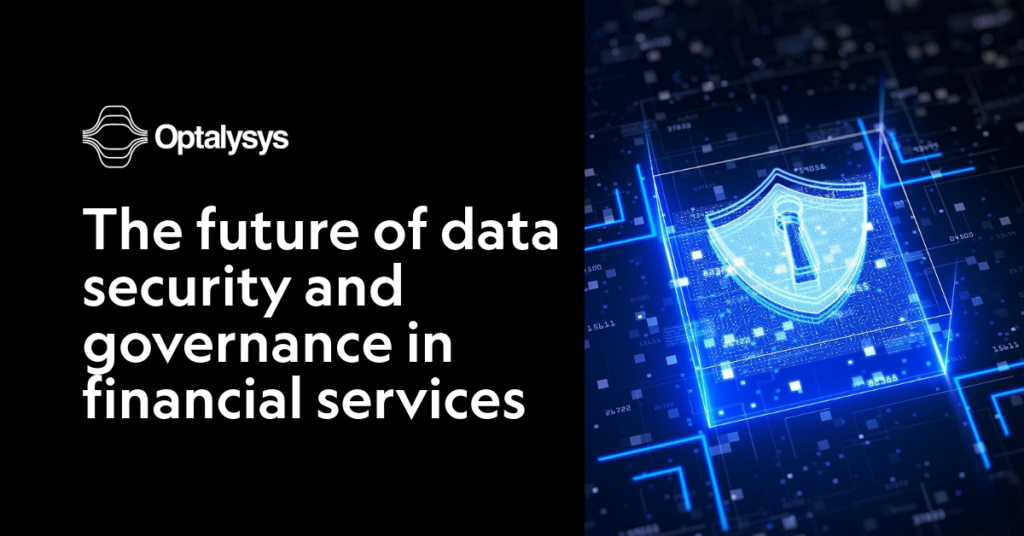
A beginner’s guide to Fully Homomorphic Encryption (FHE)
For decades, businesses across the globe have been faced with a fundamental dilemma: how can they extract valuable insights from data while upholding the strictest standards of privacy and security?
From training artificial intelligence models to conducting financial analysis and collaborating on life-saving research, the value found in processing vast amounts of information is greater than ever.
How can you gain insights from your most sensitive data, while guaranteeing its privacy and security?
The answer lies in a revolutionary cryptographic technology known as Fully Homomorphic Encryption (FHE).
What is FHE?
Fully Homomorphic Encryption is a cryptosystem that enables computations to be performed directly on encrypted data without ever needing to decrypt it. This ensures end-to-end data privacy and security throughout the entire data lifecycle: at rest, in transit and during processing
The simplest way to understand this is with the analogy of a few secure, locked boxes. Inside the boxes are numbers (your data), and you know exactly what they are — because you locked the boxes yourself. With FHE, you can send these locked boxes to a third-party service, ask it to add up all the numbers inside, and receive the correct total back.
The service performs the computation without ever unlocking the boxes or seeing your data. The service sends the result back to you in another locked box that only you can open.. At no point were the contents of your boxes or the result exposed to anyone but you.
How does FHE work?
The power of FHE relies on advanced mathematics. In practice, most constructions are based on the hardness problems of Learning with Errors (LWE) and Ring Learning with Errors (RLWE), which are part of a broader field of cryptography known as lattice-based cryptography.
FHE is an extension of Somewhat Homomorphic Encryption (SHE) which allows addition and multiplication operations to be performed on encrypted data. However, only up to a limited number of times, since each homomorphic operation adds ‘noise’ into the ciphertext.
At a certain point, further operations cannot be performed on the encrypted data due to the risk of noise overflowing into the message thereby corrupting it and causing decryption to produce the wrong value.
To overcome this limitation, Gentry introduced a technique called bootstrapping which is a method to refresh the noise level by homomorphically evaluating its own decryption circuit. Once refreshed, the ciphertext can safely undergo further computations. This breakthrough transformed SHE into FHE, enabling an arbritary number of operations to be performed on encrypted data while still preserving correctness.
The benefits of FHE across sectors
FHE removes the need to choose between data utility and privacy, unlocking significant commercial benefits and a host of new applications across various sectors.
Security and compliance
Traditional encryption schemes protect data when it is stored (at rest) such as AES, or being transmitted (in transit) such as TLS.
However, data is most vulnerable when it is being processed (“in use”), as it typically must be decrypted. FHE closes this critical security gap by ensuring data remains encrypted throughout its entire lifecycle. This helps businesses meet the stringent requirements of data privacy regulations like GDPR, HIPAA, or COPPA which mandate privacy by design.
Because the data never needs to be decrypted during processing, it remains secure from unauthorised access, even if the computing environment has been compromised.
Secure collaboration
FHE enables multiple parties to collaborate on pooled datasets without revealing their data to each other. For example:
- Finance: several banks can securely analyse their encrypted transaction data together to identify complex money laundering networks without sharing any confidential customer information
- Healthcare: researchers can train AI models on a combined, encrypted dataset of patient records from multiple hospitals to accelerate medical discoveries without compromising patient privacy.
- Defence: intelligence agencies and government departments can share and collaborate on encrypted data, deriving insights without jeopardising classified or sensitive information.
Innovate with confidence
FHE allows businesses to leverage powerful technologies such as cloud services and AI with greater confidence. For instance:
- Cloud computing: A business can use a third-party cloud service to perform analytics on their encrypted customer data, with mathematical assurance that the cloud provider cannot access the information.
- Finance:
- Web3/Blockchain: FHE can enable confidential smart contracts, allowing for private DeFi transactions or the tokenisation of real-world assets where ownership details remain secure. Read our deep dive into confidential blockchain use cases →
- Web2/Traditional Banking: Enable secure outsourcing of confidential information to third party’s to perform privacy preserving auditing. Enable secure cross collaboration of sensitive data from banks and other financial entities residing in different jurisdictions.
- Defence/Government:
- Enable confidential searches over highly classified government personnel records without the entire database exposing sensitive information.
- Perform privacy-preserving facial or objection detection of adversarial military equipment or for crowd monitoring in high-density environments such as train stations, airports, public events, and large sporting events
From potential to practicality – FHE acceleration hardware
For a long time, the widespread application of FHE has been limited by its immense computational demands. Performing computations on encrypted data is inherently slower and more resource-intensive than on unencrypted data, which made it impractical for many real-world, time-sensitive use cases.
However, this is no longer the case. New technologies, like the specialised hardware developed by us at Optalysys, are designed to accelerate FHE computations by orders of magnitude.
This breakthrough in performance is what is finally making FHE a practical, scalable, and commercially viable tool, ready to be utilised by businesses to build a more secure, private, and innovative digital future.
At Optalysys we’re developing the future of encrypted blockchain through pioneering the use of optical computing to accelerate Fully Homomorphic Encryption. Find out more about LightLocker Node and how we can accelerate your confidential blockchain use case →


